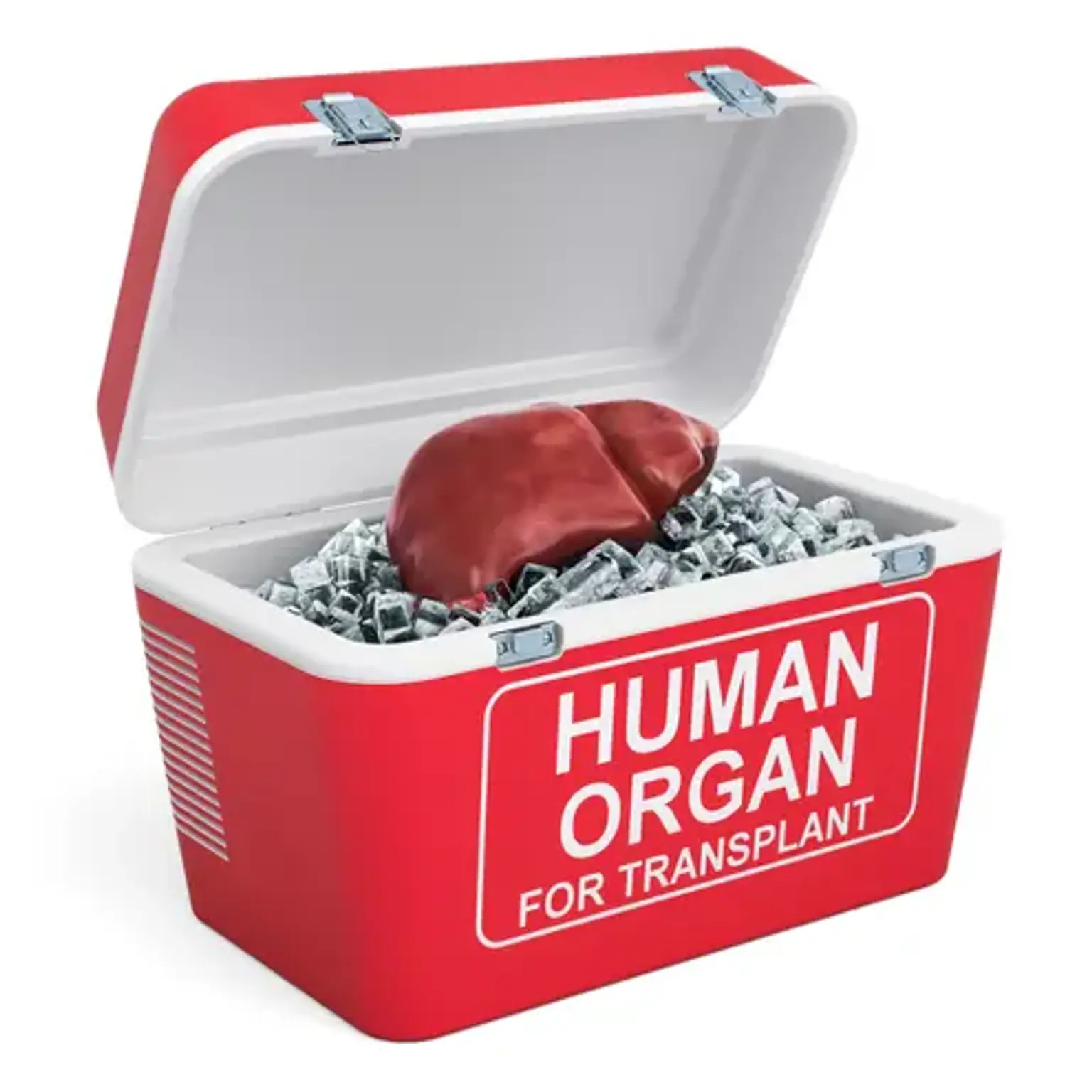Orthotopic Liver Transplantation (OLT)
Overview
The usage and success of orthotopic liver transplantation (OLT) has increased, and liver transplantation has become an accepted therapy for a variety of reasons of irreversible liver disease. Since it was founded, 194,777 liver transplants had been documented as of May 2022.
With the rising number of transplants, the risks of a transplant patient developing post-transplant complications are increasing. Basic understanding of medical care involved in transplant patient therapy will aid in evaluation.
Alcoholic liver disease, nonalcoholic steatohepatitis, hepatitis C virus, hepatocellular carcinoma, cholestatic disease, acute liver failure, and hepatitis B virus are the most prevalent indications for liver transplantation in the United States.
